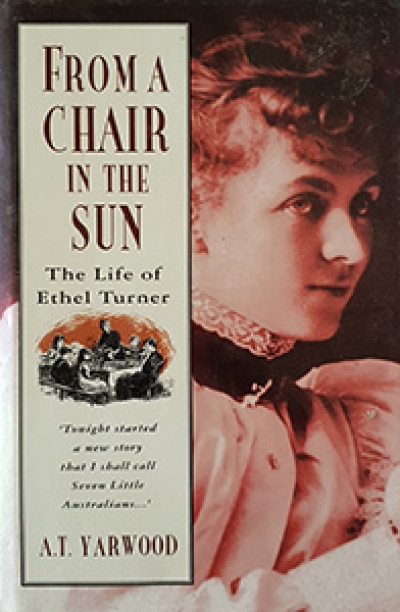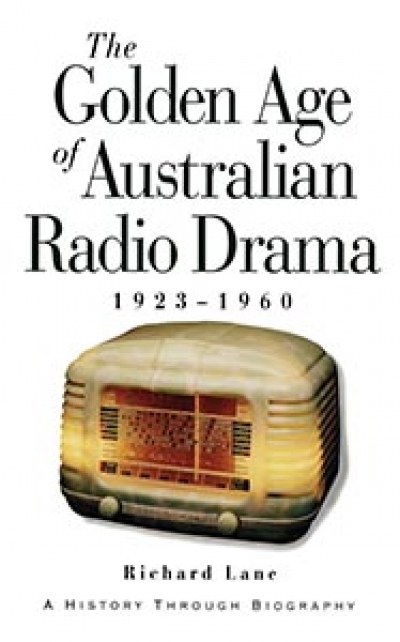I early disqualified myself from reviewing Greg Dening’s The Death of William Gooch: A history’s anthropology. For one thing, we are old friends. That means that if I told you that I think it a marvellous book (and I do), you might not believe me. There was another reason: being a friend, I had read much of the text in the writing, and knew the book in its earlier form as a Melbourne History Department publication, so it could not be as fresh to me as it would be to a first-time reader. Given that, self-exclusion seemed the best policy. But now I want to sneak back in, if briefly, and by a side door, because I discover that this MUP edition is illustrated, or, more correctly, illuminated, by visual texts, which so interact with the written text as to make the book new. Furthermore, the visual material was not only provided and selected by Dening, as is conventional, but author-located on the page. an innovation I would very much like to see become the convention. It is a fascinating extension of the text producer’s role, and elongates an already formidable writer’s reach.
...
(read more)









